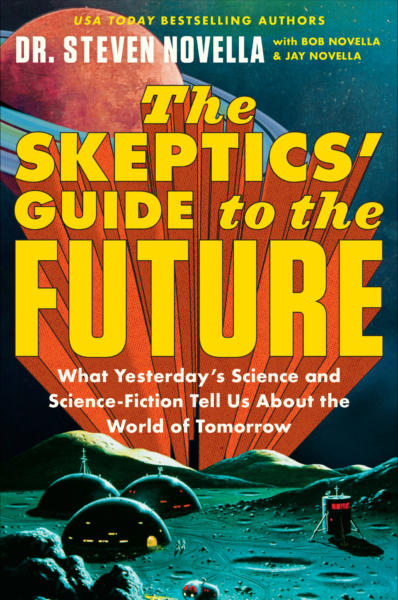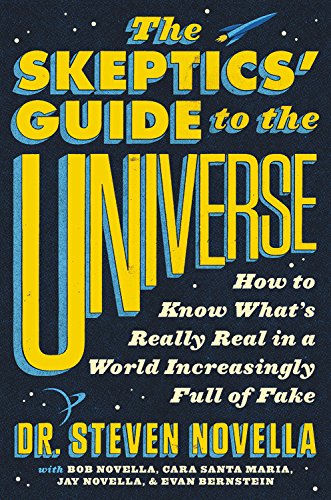May 19 2025
End of Life on Earth
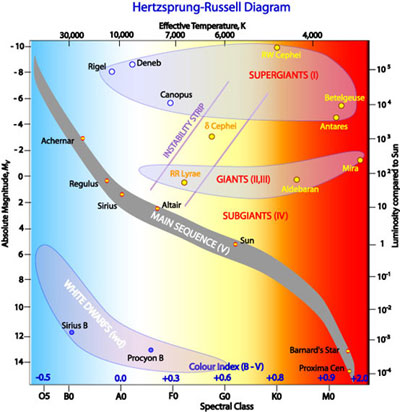 Let’s talk about climate change and life on Earth. Not anthropogenic climate change – but long term natural changes in the Earth’s environment due to stellar evolution. Eventually, as our sun burns through its fuel, it will go through changes. It will begin to grow, becoming a red giant that will engulf and incinerate the Earth. But long before Earth is a cinder, it will become uninhabitable, a dry hot wasteland. When and how will this happen, and is there anything we or future occupants of Earth can do about it?
Let’s talk about climate change and life on Earth. Not anthropogenic climate change – but long term natural changes in the Earth’s environment due to stellar evolution. Eventually, as our sun burns through its fuel, it will go through changes. It will begin to grow, becoming a red giant that will engulf and incinerate the Earth. But long before Earth is a cinder, it will become uninhabitable, a dry hot wasteland. When and how will this happen, and is there anything we or future occupants of Earth can do about it?
Our sun is a main sequence yellow star. The “main sequence” refers to the Hertzsprung-Russell diagram (HR diagram), which maps all stars based on mass, luminosity, temperature, and color. Most stars fall within a band called the main sequence, which is where stars will fall when they are burning hydrogen into helium as their source of energy. More massive stars are brighter and have a color more towards the blue end of the spectrum. They also have a shorter lifespan, because they burn through their fuel faster than lighter stars. Blue stars can burn through their fuel in mere millions of years. Yellow stars, like our own, can last 10 billion years, while red dwarfs can last for hundreds of billions of year or longer.
Which stars are the best for life? We categorize main sequence stars as blue, white, yellow, orange, and red (this is a continuum, but that is how we humans categorize the colors we see). Interestingly, there are no green stars, which has more to do with human color perception than anything else. Stars at an otherwise “green” temperature have enough blue and red mixed in to appear white to our color perception. The hotter the star the farther away a planet would have to be to be in its habitable zone, and that zone can be quite wide. But hotter stars are short-lived. Colder stars last for a long time but have a small and close-in habitable zone, so close they may be tidally locked to their star. Red dwarfs are also relatively unstable and put out a lot of solar wind which is unfriendly to atmospheres.
So the ideal color for a star, if you want to evolve some life, is probably in the middle – yellow, right where we are. However, some astronomers argue that the optimal temperature may be orange, which can last for 15-45 or more billion years, but with a comfortably distant habitable zone. If we are looking for life in our galaxy than orange stars are probably the way to go.

 What the true impact of artificial intelligence (AI) is and soon will be remains a point of contention. Even among scientifically literate skeptics people tend to fall into decidedly different narratives. Also, when being interviewed I can almost guarantee now that I will be asked what I think about the impact of AI – will it help, will it hurt, is it real, is it a sham? The reason I think there is so much disagreement is because all of these things are true at the same time. Different attitudes toward AI are partly due to confirmation bias. Once you have an AI narrative, you can easily find support for that narrative. But also I think part of the reason is that what you see depends on where you look.
What the true impact of artificial intelligence (AI) is and soon will be remains a point of contention. Even among scientifically literate skeptics people tend to fall into decidedly different narratives. Also, when being interviewed I can almost guarantee now that I will be asked what I think about the impact of AI – will it help, will it hurt, is it real, is it a sham? The reason I think there is so much disagreement is because all of these things are true at the same time. Different attitudes toward AI are partly due to confirmation bias. Once you have an AI narrative, you can easily find support for that narrative. But also I think part of the reason is that what you see depends on where you look.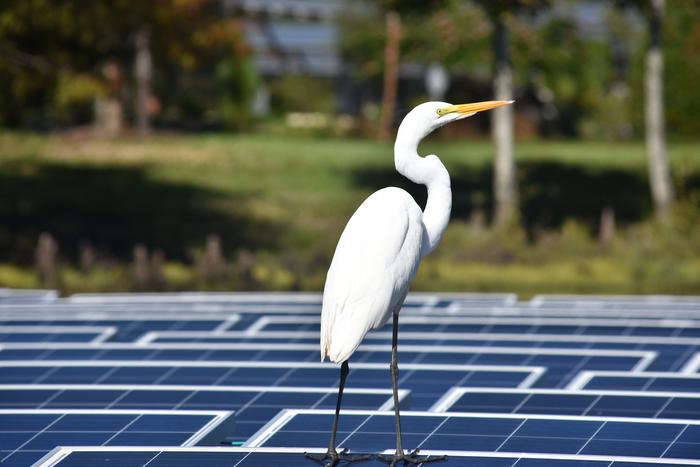 My last post was about
My last post was about 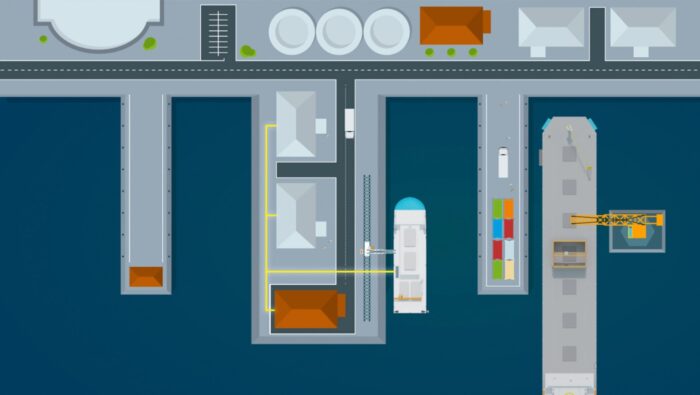 This is an intriguing idea, and one that I can see becoming critical over the next few decades, or never manifesting – developing a fleet of floating nuclear power plants. One company,
This is an intriguing idea, and one that I can see becoming critical over the next few decades, or never manifesting – developing a fleet of floating nuclear power plants. One company, 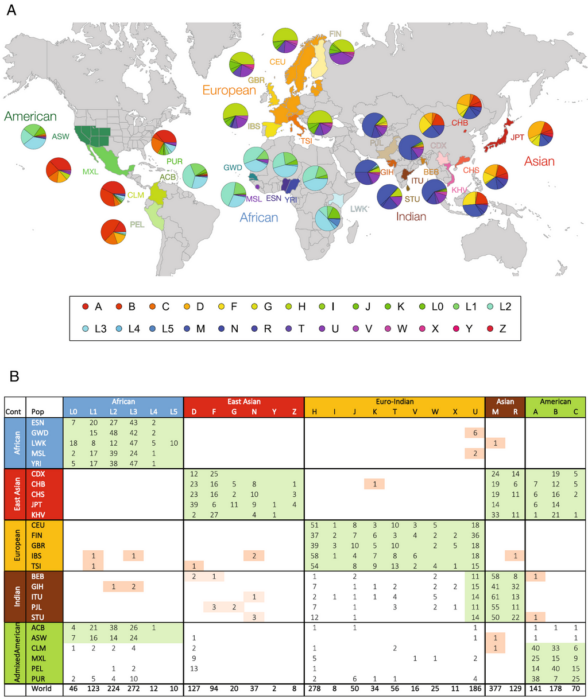 As a scientific concept – does race exist? Is it a useful construct, or is it more misleading than useful? I
As a scientific concept – does race exist? Is it a useful construct, or is it more misleading than useful? I 
 Regulations are a classic example of a proverbial double-edged sword. They are essential to create and maintain a free and fair market, to prevent exploitation, and to promote safety and the public interest. Just look at 19th century America for countless examples of what happens without proper regulations (child labor, cities ablaze, patent medicines, and food was a crap shoot). But, regulations can have a powerful effect and this includes unintended consequences, regulatory overreach, ideological capture, and stifling bureaucracy. This is why optimal regulations should be minimalist, targeted, evidence-based, consensus-driven, and open to revision. This makes regulations also a classic example of Aristotle’s rule of the “golden mean”. Go too far to either extreme (too little or to onerous) and regulations can be a net negative.
Regulations are a classic example of a proverbial double-edged sword. They are essential to create and maintain a free and fair market, to prevent exploitation, and to promote safety and the public interest. Just look at 19th century America for countless examples of what happens without proper regulations (child labor, cities ablaze, patent medicines, and food was a crap shoot). But, regulations can have a powerful effect and this includes unintended consequences, regulatory overreach, ideological capture, and stifling bureaucracy. This is why optimal regulations should be minimalist, targeted, evidence-based, consensus-driven, and open to revision. This makes regulations also a classic example of Aristotle’s rule of the “golden mean”. Go too far to either extreme (too little or to onerous) and regulations can be a net negative. Have you ever been into a video game that you played for hours a day for a while? Did you ever experience elements of game play bleeding over into the real world? If you have, then you have experienced what psychologists call “
Have you ever been into a video game that you played for hours a day for a while? Did you ever experience elements of game play bleeding over into the real world? If you have, then you have experienced what psychologists call “



